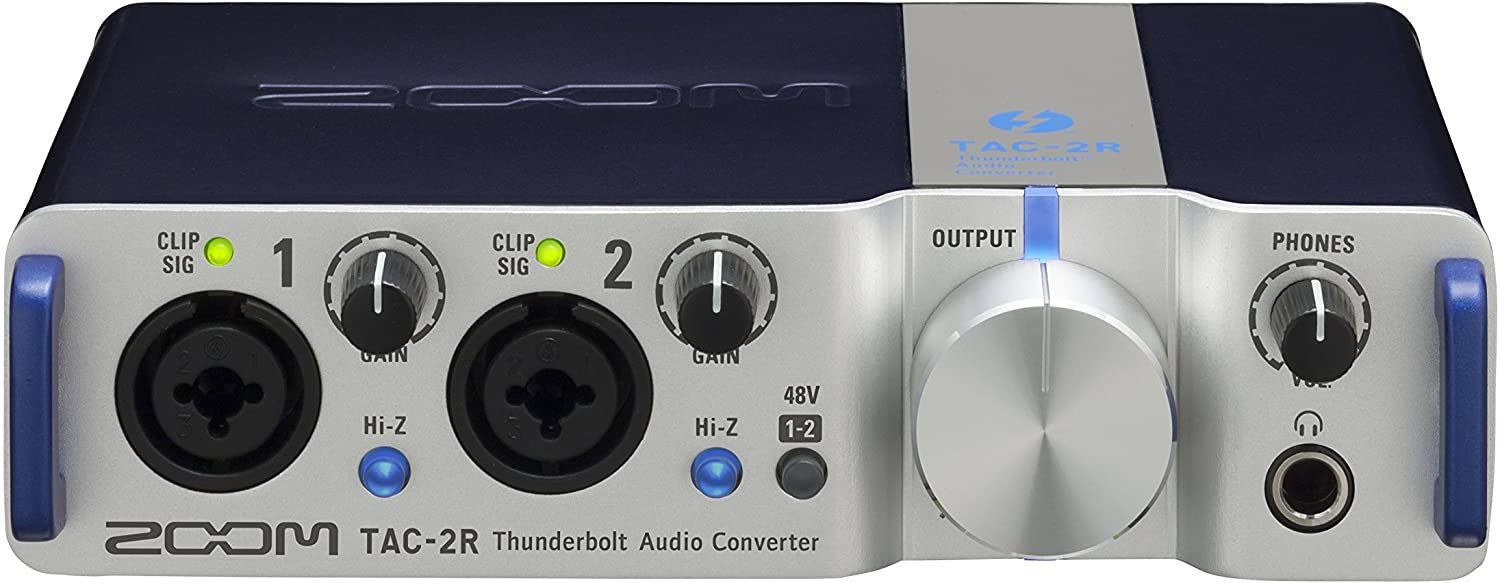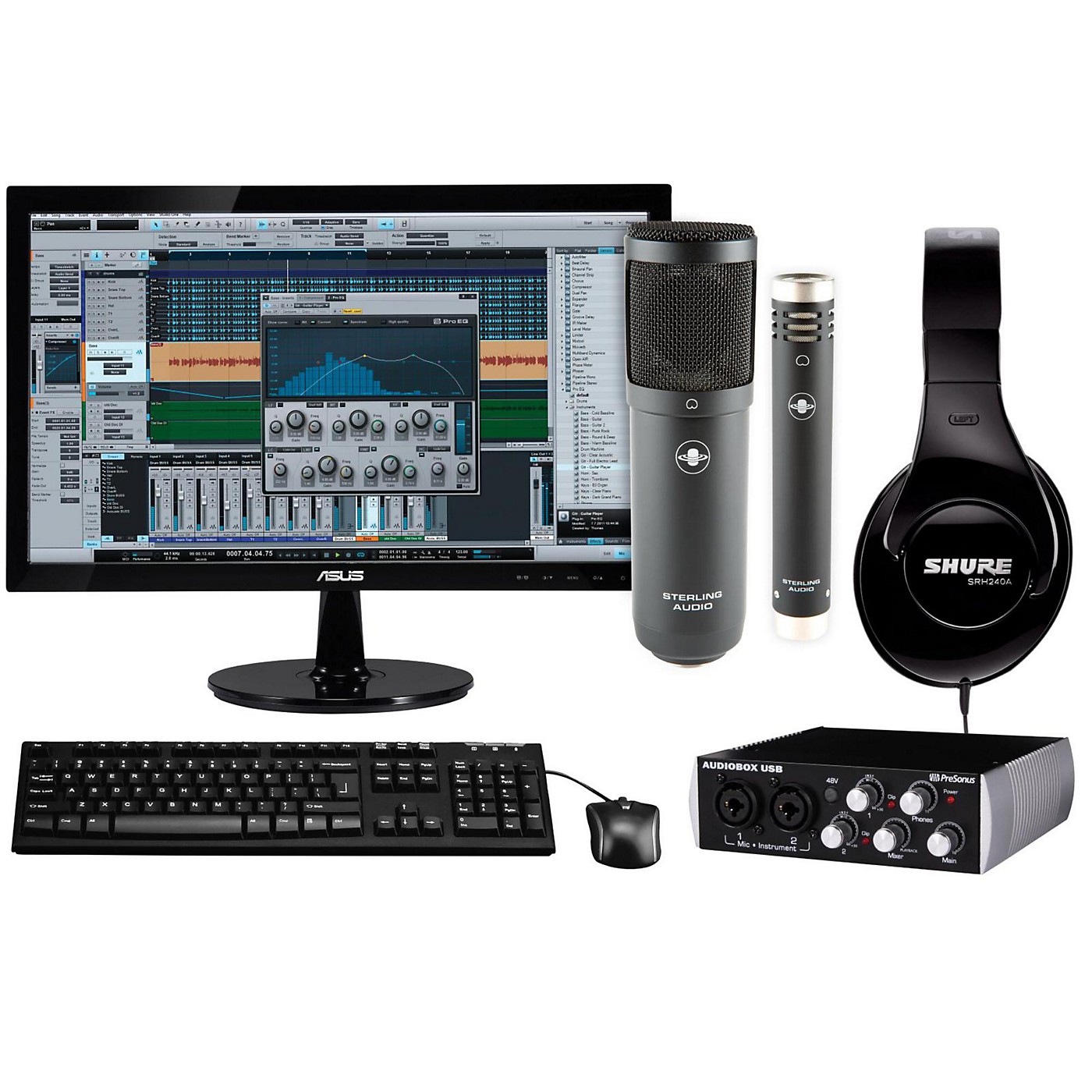


Typically used for instruments such as synthesizers, drum machines, and DJ Mixers.Ĭhoosing an Audio Interface: Buying Advice Microphone inputs typically accept 3-Pin XLR cables, while a line input will mostly accept Jack or RCA. Generally speaking, your audio interface will feature both microphone and line inputs. Thus, impacting the price.Īnother consideration that will have an impact on price is the number of connections.

The higher quality your converters, the better your interface will perform.

Turning your analog audio signals into digital information and vice versa using AD/DA converters. To put it simply, an audio interface gets audio into and out of your PC or MAC. Increasing both the sound quality of your computer as well as the signals that are being recorded. Therefore, allowing you to connect your professional microphones, instruments, studio monitors, and other signals to your computer. Not to mention giving you a variety of inputs and outputs that aren’t otherwise typically found on your computers internal sound card. Connecting to your PC, Mac, or even an iOS device and providing you with high-quality sound recordings and playback. Including what your intended use is, required inputs and outputs, budget, and DAW/Software of choice.īut firstly, you need to understand what an audio interface is exactly, and why you need one!Īudio Interfaces are widely regarded as the brains of your studio. But with so many audio interfaces saturating the market, how do you know which one is best for you? At the end of the day, it’s all a matter of preference, with a few important factors to take into consideration. If you’re recording podcasts, streaming, or doing any kind of music production on either a Mac or PC an audio-interface will be an essential part of your home or studio set up.


 0 kommentar(er)
0 kommentar(er)
